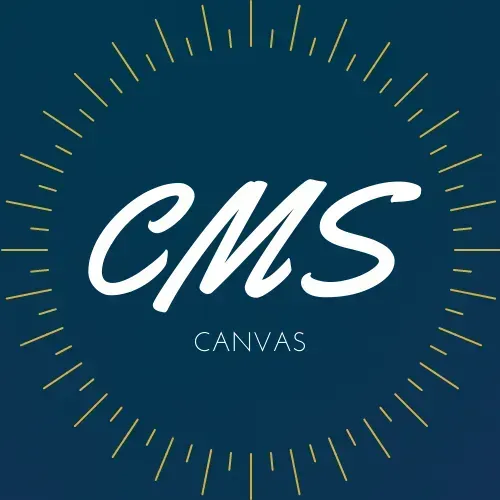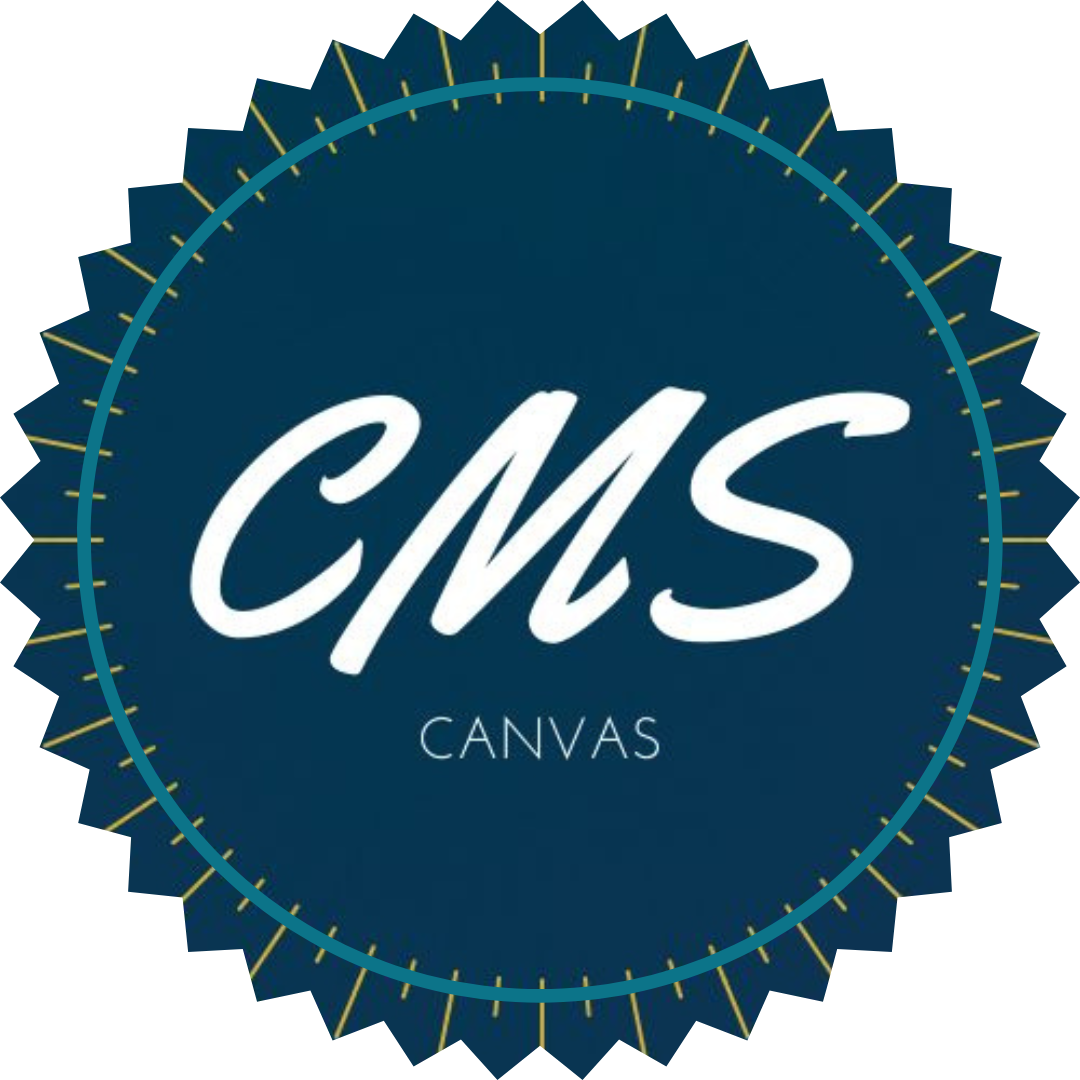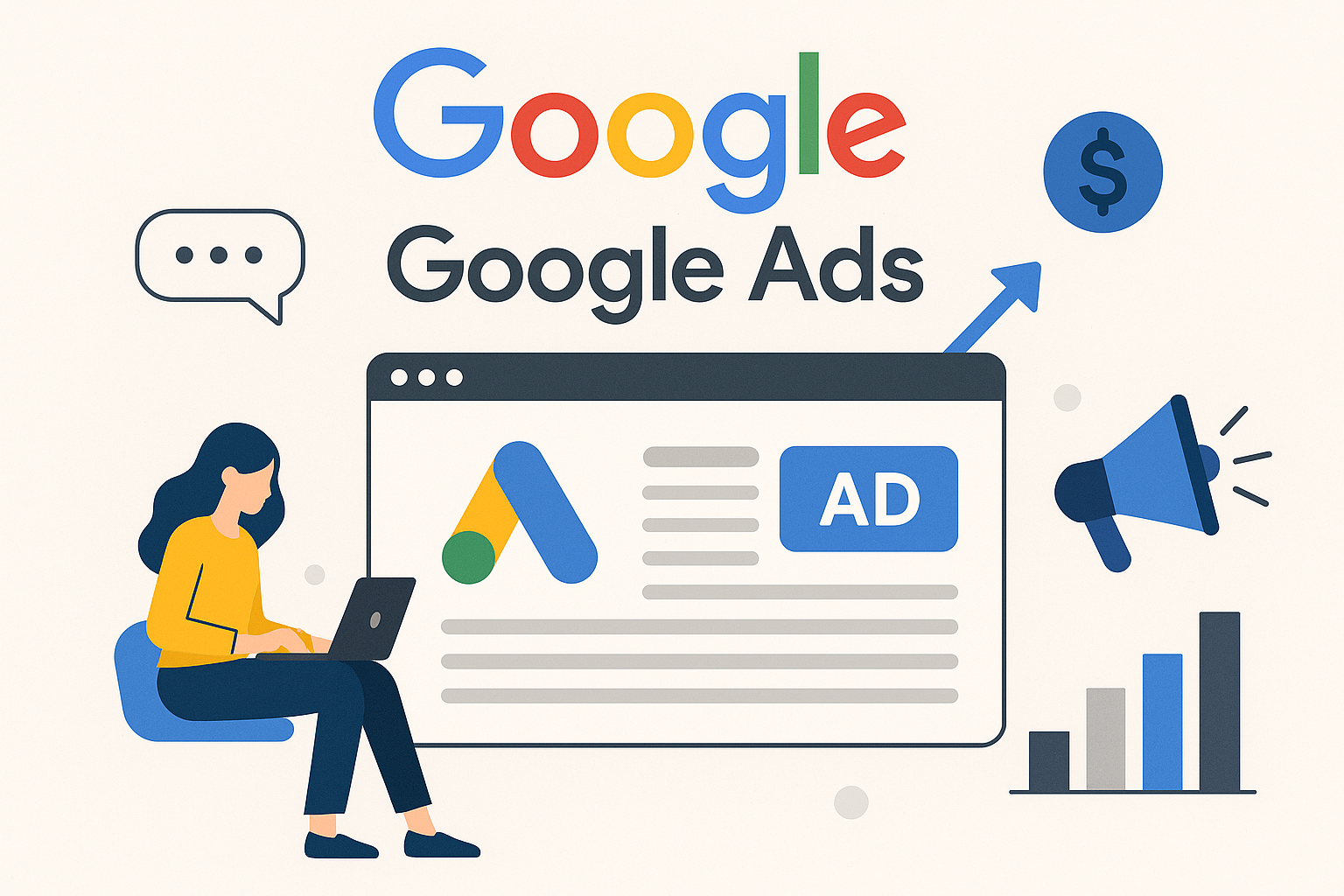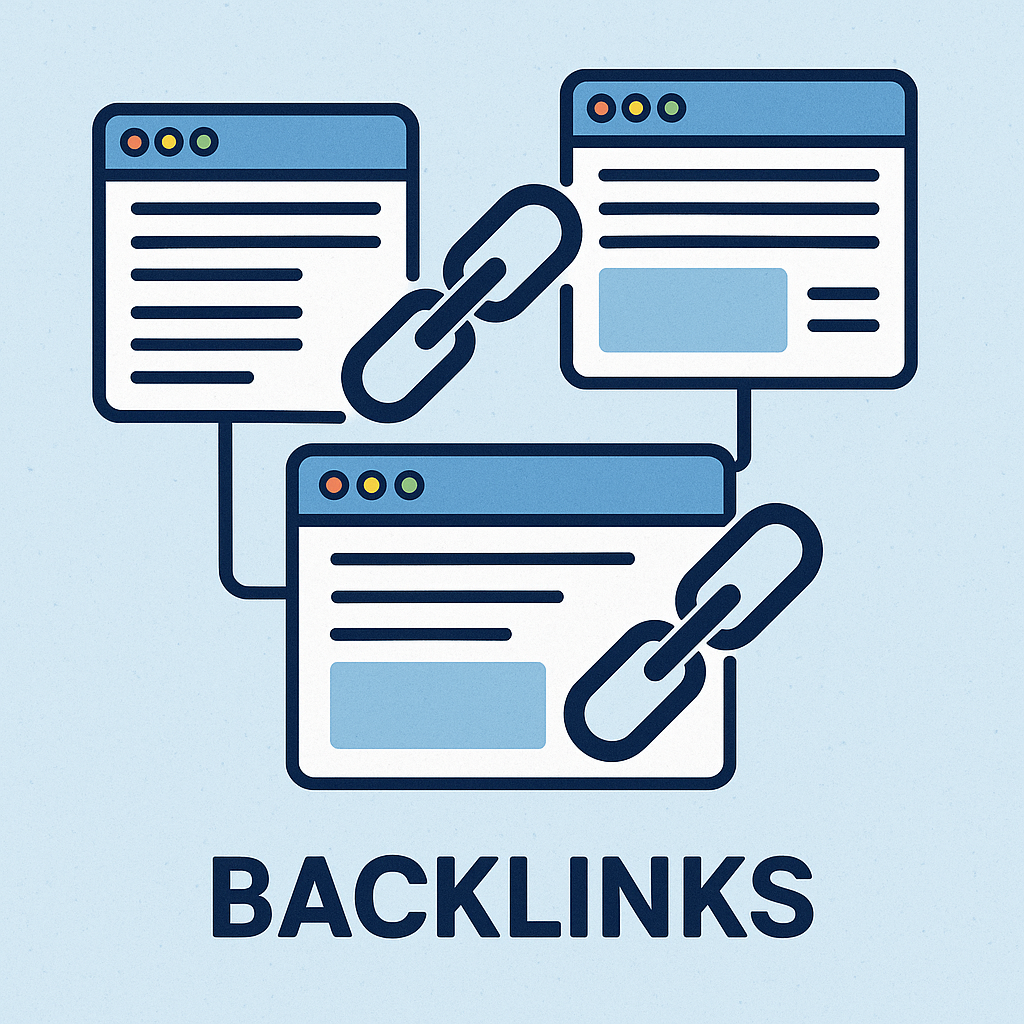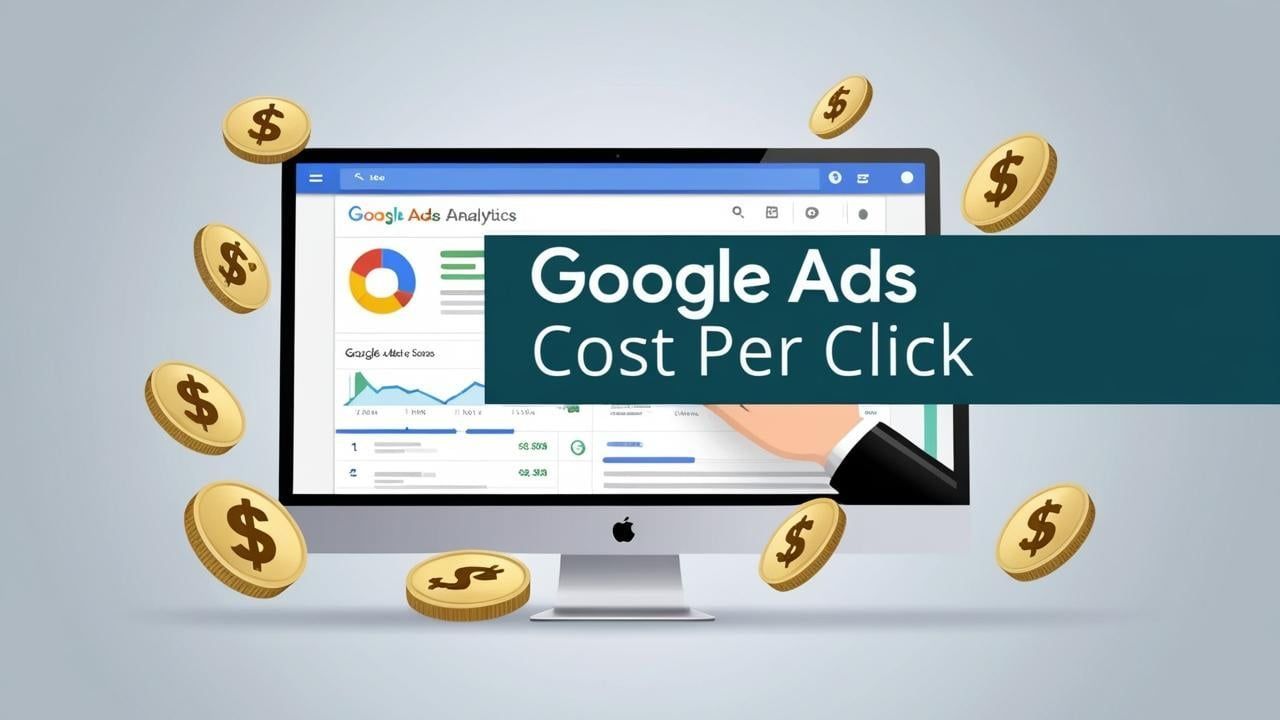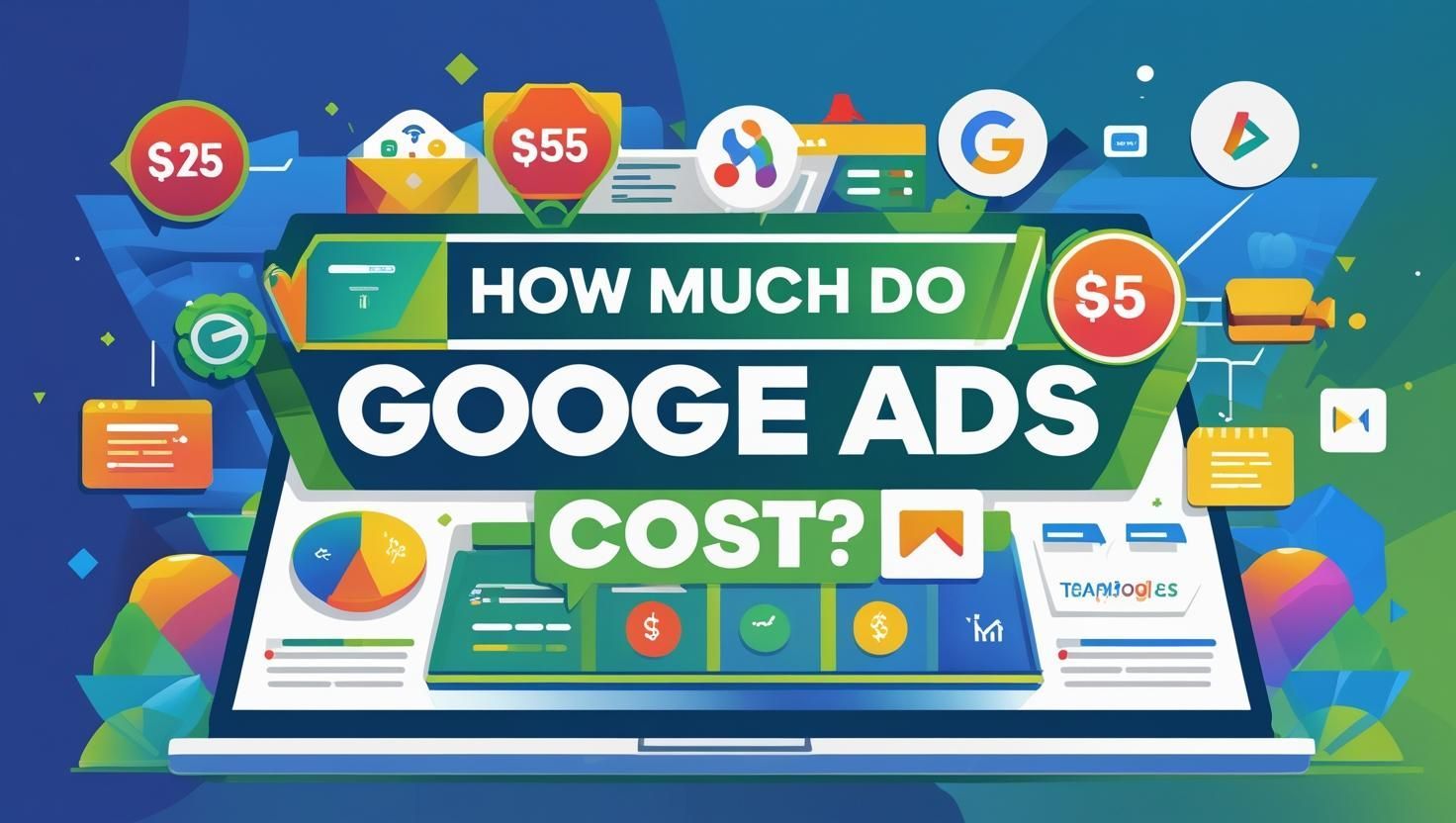Understanding Pay Per Crawl: A Comprehensive Guide for Business Owners
Introduction
AI is continually evolving, and there's been so much news, it's almost impossible to cut through to what really matters for your business. With new technologies and methodologies emerging that completely reshape how businesses and consumers interact with the online world, Cloudflare's announcement to block AI bot crawlers by default and let websites demand payment for access has serious implications for anyone who owns a website. The concept of "pay per crawl" is similar to traditional SEO monetisation strategies like ad revenue, pay per crawl offers website owners a novel revenue stream by monetising the data harvested by AI crawlers. However, it also raises several questions and concerns. Is this model beneficial for all businesses? What implications does it have for content creators and publishers? In this comprehensive guide, we will delve into the intricacies of pay per crawl, offering practical advice and insights to help you navigate this emerging trend.
Table of Contents
- What is Pay Per Crawl?
- The Impact of AI Crawlers
- Cloudflare's Policy Shift
- Pros and Cons of Pay Per Crawl
- Implications for Different Business Types
- How to Optimise Your Website for AI Crawlers
- Checklist for Business Owners
- Frequently Asked Questions (FAQ)
- Conclusion
What is Pay Per Crawl?
Pay per crawl is a model where website owners are compensated for the data extracted by AI crawlers. These crawlers, used by companies to train large language models and AI systems, access and analyse vast amounts of web content. Traditionally, search engines like Google indexed websites to drive traffic back to the source, thus benefiting the content creators. However, AI crawlers tend to send less traffic back, raising concerns over fair compensation for content creators.
In practice, pay per crawl requires website owners to set terms under which their data can be accessed. Companies like OpenAI or Google could pay for access to this data, which is then used to refine algorithms and enhance AI capabilities. For example, a major news organisation might negotiate a deal where they receive compensation each time AI systems use their articles to improve language models. This potential for direct monetisation can be especially appealing to businesses with large repositories of valuable, high-quality content.
Practical Guidance:
- Evaluate Content Value: Begin by assessing the type and quality of content your website offers. High-value content, such as industry reports or exclusive interviews, is more likely to attract AI companies willing to pay for access.
- Establish Clear Terms: Set explicit terms for data access, including the scope and limitations of data use. Consider consulting with legal experts to draft agreements that protect your interests.
- Engage with AI Companies: Reach out to AI firms to express interest in potential collaborations. This proactive approach can open discussions on how your data can be leveraged in a mutually beneficial manner.
The Impact of AI Crawlers
AI crawlers play a crucial role in training large language models (LLMs) by providing the data necessary for developing sophisticated AI systems. These systems are used by major tech companies to enhance their AI capabilities. However, the impact on content creators is significant. While traditional search engines drive traffic to original sources, AI crawlers often do not, resulting in decreased ad revenue for publishers who rely heavily on traffic-driven monetisation strategies.
Key Statistics:
- According to a study, websites that rely on ad revenue have seen a decline of up to 30% in traffic due to AI crawlers.
- More than 40% of publishers reported concerns about fair compensation from AI companies.
Consider the case of a major online magazine, which reported a 25% drop in visitor numbers after AI crawlers began indexing their content without reciprocating traffic. This has forced many such publishers to rethink their strategies, emphasising the need for a balance between allowing access to their content and preserving traffic-driven revenue streams. In response, some have started negotiating licensing agreements with AI companies, ensuring they receive compensation for the data provided.
In-depth Analysis:
- Traffic Diversion: AI crawlers divert traffic away from original content sources, impacting ad revenue significantly. Businesses need to explore alternative monetisation strategies, such as premium content subscriptions or direct licensing agreements.
- Negotiation Strategies: Effective negotiation is crucial. Businesses should identify the unique value propositions of their content and leverage these in discussions with AI companies. Consider tiered pricing models based on data volume and exclusivity.
Cloudflare's Policy Shift
In a bid to address these concerns, Cloudflare has implemented a major policy change. As of 2024, Cloudflare began blocking AI crawlers by default unless website owners explicitly opt in. This shift aims to give content creators more control over their data and prevent unconsented data harvesting by AI companies.
Why This Matters:
- Cloudflare manages traffic for about 20% of the web, making this policy shift significant for numerous websites.
- The new default setting empowers website owners to decide if and how they want to monetise their data.
For instance, a large e-commerce platform that uses Cloudflare's services can now choose whether to allow AI crawlers to index their product descriptions and reviews. By opting in, they could negotiate terms that potentially lead to additional revenue, or they might opt out to preserve their competitive advantage by keeping product insights exclusive. This decision-making power is critical for businesses looking to strategically manage their data assets.
Practical Considerations:
- Control Mechanisms: Implement mechanisms to monitor and control crawler activity. Cloudflare provides tools for managing these settings, allowing businesses to customise their data sharing policies effectively.
- Data Security: By default blocking crawlers, businesses enhance data security, protecting proprietary information from unauthorised use. This approach also mitigates risks associated with data breaches and intellectual property theft.
Pros and Cons of Pay Per Crawl
Pros:
- Potential Revenue: For content-heavy websites, pay per crawl could offer a new revenue stream.
- Increased Control: Website owners have more control over their content and data.
- Fair Compensation: Content creators have the opportunity to be compensated for their work.
A technology blog, for example, could potentially earn significant revenue by allowing AI systems to use their reviews and articles, provided they negotiate favourable terms. This new revenue stream might support the creation of more content or improve site infrastructure.
Cons:
- Limited Applicability: Not all websites have enough informational content to benefit significantly.
- Complex Implementation: Setting up monetisation models for AI crawlers may require additional technical expertise.
- Uncertain Market: The market for pay per crawl is still developing, leading to potential uncertainties.
A small local business that primarily lists services might not find pay per crawl beneficial, as their content lacks the depth typically required by AI systems. Additionally, the technical setup, involving legal and IT expertise, could be a barrier for smaller entities lacking resources.
Expanded Insights:
- Technical Challenges: Implementing pay per crawl involves technical challenges, such as modifying server settings and ensuring compliance with data privacy regulations. Businesses should invest in IT infrastructure and expertise to handle these complexities.
- Market Maturity: As the market for pay per crawl matures, businesses should stay informed about evolving standards and practices. Participation in industry forums and collaborations with tech partners can provide valuable insights and guidance.
Implications for Different Business Types
The pay per crawl model's viability varies across different business types. Here is a breakdown of its implications for various sectors:
Content Publishers
- Opportunity: A significant opportunity to monetise extensive content libraries.
- Challenge: Requires negotiation with AI companies for fair compensation rates.
Publishers of niche market magazines or academic journals could leverage pay per crawl to capitalise on their specialised content. However, careful negotiation is essential to ensure they receive fair compensation reflecting the value of their unique data.
Small Businesses
- Opportunity: Limited unless they have rich, informative content.
- Challenge: The focus remains on driving traffic and sales, not data monetisation.
For instance, a local bakery with a simple website might see little benefit, as their primary objective is to attract local foot traffic rather than monetise online content. They would need to weigh the potential monetary benefits against the risk of losing direct engagement with customers.
E-commerce Sites
- Opportunity: Indirect benefits if AI systems reference their products.
- Challenge: Direct monetisation is unlikely unless integrated with broader content strategies.
Large e-commerce sites might find indirect benefits if their products are frequently referenced in AI-generated content, potentially driving recognition and sales. However, without a substantial content library, direct monetisation remains a challenge.
Further Exploration:
- Customised Strategies: Each business type requires a customised strategy tailored to its content and market dynamics. Businesses should conduct a thorough analysis of their content assets and market position to devise effective monetisation plans.
- Collaborative Efforts: Engaging in collaborative efforts with other businesses or industry groups can amplify negotiating power with AI companies. These partnerships can facilitate the sharing of best practices and collective bargaining for fair compensation.
How to Optimise Your Website for AI Crawlers
- Content Quality: Ensure your content is rich, informative, and well-structured. High-quality content is more likely to be used by AI systems.
- Opt-In/Out Decisions: Decide whether to opt into pay per crawl models. Evaluate the potential benefits versus the impact on traffic.
- Technical Setup: Implement technical tools to monitor and manage AI crawler activity on your site.
- Negotiation Skills: Be prepared to negotiate terms with AI companies for data usage.
A scientific research database, for example, should focus on maintaining accurate and comprehensive records. This makes their content appealing to AI developers looking for reliable data sources.
A decision-making framework should include an assessment of current traffic patterns and potential revenue from AI licensing deals.
Companies like Adobe have developed tools that help businesses track how their content is used by AI crawlers, offering insights into usage patterns and potential monetisation opportunities.
Engaging legal counsel with expertise in digital rights management can be beneficial. For instance, major publishing houses often enlist experienced negotiators to hammer out favourable terms that maximise revenue while protecting intellectual property.
Additional Strategies:
- Content Structuring: Use metadata and structured data to enhance content discoverability. Structured data helps AI crawlers understand content context and relevance, increasing the likelihood of data usage and monetisation.
- Regular Audits: Conduct regular audits of your website's content to ensure it aligns with AI companies' requirements. Keeping content updated and relevant boosts its attractiveness to AI systems, enhancing monetisation potential.
Checklist for Business Owners
- Evaluate the volume and quality of your website's content.
- Decide whether to opt into Cloudflare's pay per crawl model.
- Monitor AI crawler activity on your website.
- Negotiate terms with AI companies if opting into pay per crawl.
- Stay updated on industry trends and policy changes.
Enhanced Checklist:
- Technical Infrastructure: Ensure your website is equipped with the necessary technical infrastructure to support pay per crawl activities.
- Legal Compliance: Verify compliance with data protection regulations and intellectual property laws.
- Market Analysis: Conduct regular market analyses to identify new opportunities and threats in the pay per crawl space.
- Partnerships: Explore partnerships with other businesses or tech firms to strengthen your bargaining position and share insights.
Frequently Asked Questions (FAQ)
What is the main benefit of pay per crawl?
The primary benefit is the potential for content-heavy sites to monetise their data by allowing AI crawlers to access it.
How can I decide if pay per crawl is right for my business?
Consider the volume and quality of your content, the potential revenue versus traffic impact, and your willingness to negotiate with AI companies.
How does Cloudflare's policy shift affect my website?
By default, AI crawlers will be blocked unless you opt-in, giving you more control over your data.
Is pay per crawl the same as traditional SEO?
No, traditional SEO focuses on driving traffic, while pay per crawl monetises data extracted by AI crawlers.
Additional FAQs:
How can I protect my data from unauthorised access by AI crawlers?
Implement security measures such as robust firewall settings and content access controls. Regularly review crawler activity logs to identify and block unauthorised access attempts.
What are the legal considerations for entering pay per crawl agreements?
Ensure that agreements comply with international data protection regulations and intellectual property laws. Seek legal advice to draft contracts that safeguard your rights and interests.
Conclusion
The emergence of pay per crawl presents both opportunities and challenges for business owners and content creators. While it offers a potential revenue stream for content-rich websites, it requires careful consideration and strategic planning. By understanding the implications of AI crawlers and staying informed about industry developments, businesses can make informed decisions that align with their goals. Whether you choose to embrace this new model or not, the key lies in maintaining control over your content and ensuring that your digital strategy aligns with your broader business objectives.
